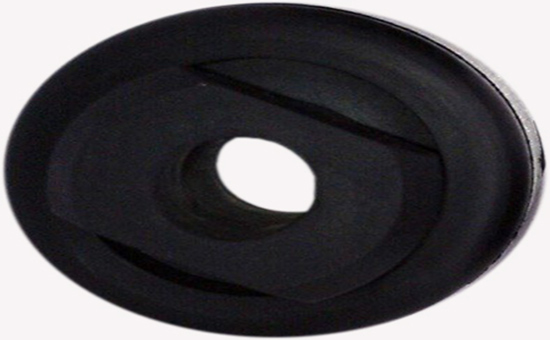
The latest data released by the Association of Natural Rubber Producing Countries show that according to the planting trend of each country and the prediction of potential mature area expansion, the period of long-term shortage may extend to 2031. Natural rubber is made by coagulating, tableting, and drying the white syrupy liquid from the cutting of rubber trees. It is an important industrial raw material. However, with the continuous development of the global economy and technology, the scope of application becomes wider and wider, and the supply becomes more and more difficult to meet the demand; the development of substitute raw materials for natural rubber is imperative.
1. Natural rubber performance characteristics
(1) The main components of natural rubber are cis and trans isoprene, which have good elasticity, high tensile strength and elongation at break, resistance to flexing, low heat generation during use, and low hysteresis loss. (2) Natural rubber has crystallinity, good self-reinforcing performance, and can be combined with a variety of rubbers.
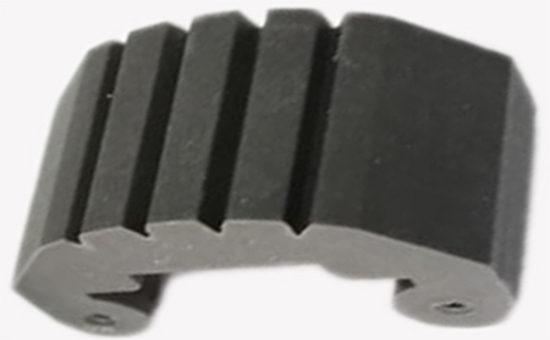
(3) Natural rubber has good processing performance, poor resistance to polar solvents, oils, and non-polar solvents, alkali resistance, strong acid resistance, weather resistance, and ozone aging resistance.
(4) The existence of linear structure and internal double bonds leads to poor flexibility, strength, and weather resistance. It becomes sticky and soft at high temperatures, and becomes brittle and hard at low temperatures, restricting its scope of use. However, the internal double bond 2YLYY1216 on the structure of natural rubber will also cause it to change under high temperature and stress. After opening the double bond for cross-linking chemical reaction, it can give it better strength, elasticity, dimensional stability, heat resistance, etc. .
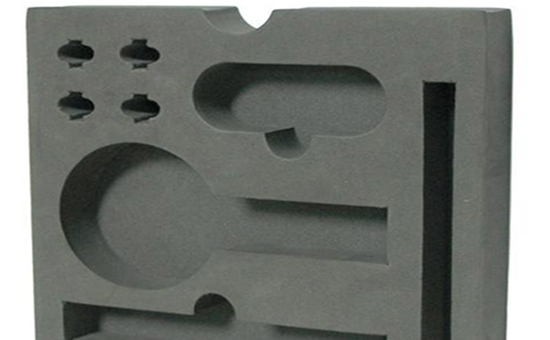
(5) Natural rubber has a certain degree of plasticity at room temperature. It becomes brittle at -70°C, completely softens at 130-140°C, and decomposes at about 200°C.
(6) The tensile strength of natural rubber pure rubber is 17-25MPa, and the tensile strength of vulcanized rubber reinforced by carbon black can reach 25-35MPa; 300% tensile stress is 6-10MPa, 500% tensile stress is above 12MPa; The elastic modulus is 2-4MPa, the resilience can reach 50%-80% within 0-100℃, and the maximum elongation can reach 1000%.
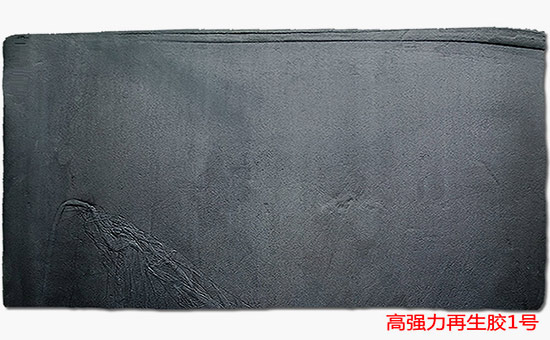
2. Application areas of natural rubber
Natural rubber has a wide range of applications and can be used in the production of most rubber products such as tires, hoses, tapes, rubber shoes, wires and cables, ordinary mechanical seals, sponge products, surgical medical supplies, printing special parts such as printing rubber rollers. Taking the tire industry as an example, natural rubber can produce different parts of the tire tread, carcass, sidewall, etc., and some inner tubes can also use natural rubber.
3. Natural rubber substitute products
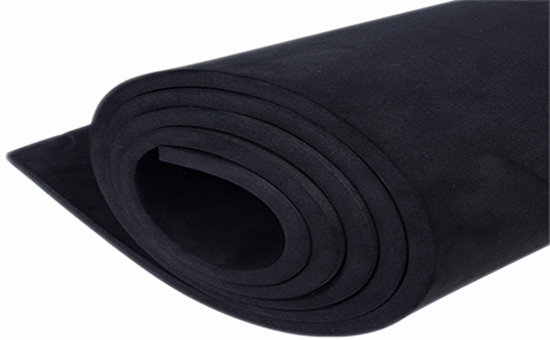
my country's natural rubber resources are scarce, and a large amount of natural rubber is consumed every year. Therefore, many natural rubber products have begun to add other types of rubber, mainly synthetic rubber and reclaimed rubber, to replace some natural rubber, and to a certain extent alleviate the shortage of natural rubber resources. problem.
(1) Synthetic rubber: natural rubber and general rubber such as styrene butadiene rubber, butadiene rubber, isoprene rubber, etc. can be used together in any ratio, and it can also be used together with special rubbers such as ethylene propylene rubber, butyl rubber and nitrile rubber to reduce natural rubber. The amount can also further improve the comprehensive indicators of natural rubber products. For example, the combined use of natural rubber and styrene-butadiene rubber can improve the vulcanization performance of the rubber and the wear resistance and aging resistance of the vulcanized rubber; the combined use of butyl rubber can improve the air tightness and heat resistance of the rubber.
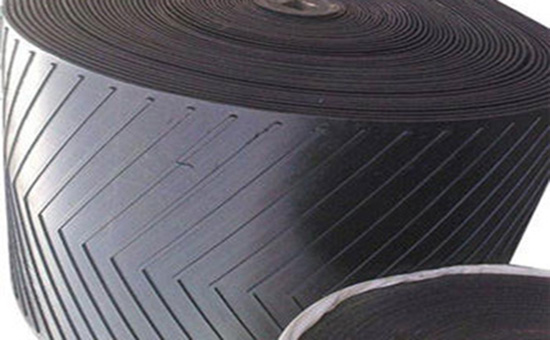
(2) Reclaimed rubber: Reclaimed rubber can be divided into latex reclaimed rubber, tire reclaimed rubber, butyl reclaimed rubber, nitrile reclaimed rubber, styrene butadiene reclaimed rubber, EPDM reclaimed rubber, etc. according to the source of waste raw materials. The product price is low. It can replace natural rubber to produce rubber products, effectively reducing raw material costs and production energy consumption. In actual production, latex reclaimed rubber can even completely replace natural rubber. Tire reclaimed rubber replaces part of natural rubber, resulting in higher production costs. Other reclaimed rubbers are mixed in natural rubber in a small proportion.
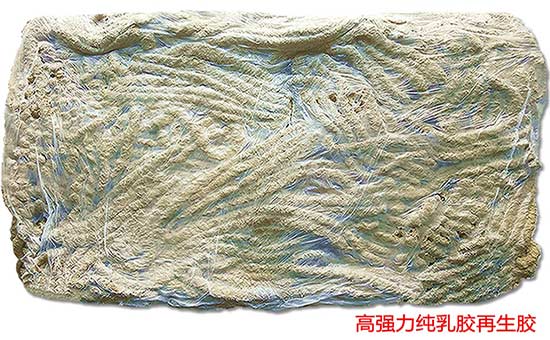
Natural rubber is an important strategic material and scarce resource related to the national economy, people's livelihood and national defense security; it is a resource-constraining industry and can only be successfully grown in specific regions and climate environments. my country is a big consumer of natural rubber, and it is of great significance to continuously research and develop substitute raw materials for natural rubber, especially recycled rubber. Recycled rubber can not only alleviate the temperature of natural rubber shortage, but also solve the problem of waste rubber pollution, reduce the production cost of rubber products, and improve the overall economic benefits of the rubber products industry.
Exclusive original article [commercial authorization] reprint, excerpt and excerpt in any form are prohibited without written authorization. Focus on Hongyun rubber: learn the process formula and raw material technology of producing rubber products from recycled rubber to help you reduce costs and increase profits